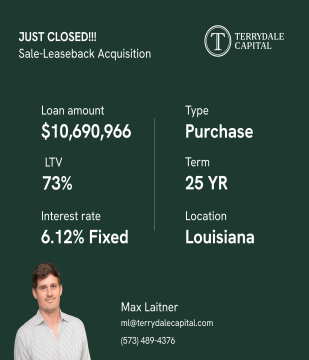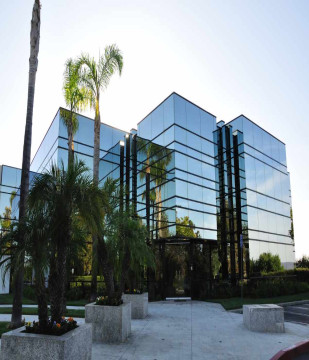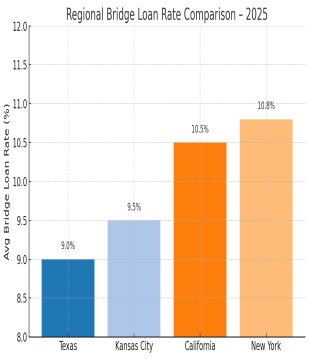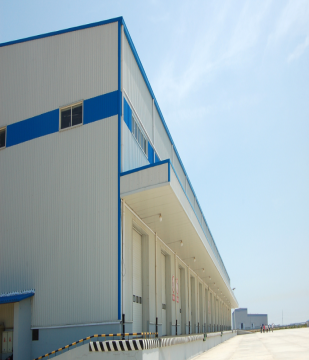Breaking Down CMBS, CLO and ABS

Terrydale Capital
Feb 19, 2024 6 Min read
 Learn
Learn
Acronyms are commonplace in the world of commercial real estate as easy shorthand amidst conversation and documentation. However, the sheer amount of acronyms on display can oftentimes be overwhelming. For commercial real estate investors, understanding the nuances of Commercial Mortgage-Backed Securities (CMBS), Collateralized Loan Obligations (CLOs), and Asset-Backed Securities (ABS) is crucial. These instruments, while often interrelated, serve distinct purposes and exhibit unique characteristics that can significantly impact investment strategies and outcomes.
Commercial Mortgage-Backed Securities (CMBS)
CMBS represent pools of commercial mortgage loans bundled together and sold as securities to investors. These loans typically finance income-producing properties such as office buildings, shopping centers, hotels, and industrial facilities. The cash flows generated by the underlying mortgages serve as collateral for the CMBS.
How CMBS Work:
- Origination: Financial institutions originate commercial mortgage loans.
- Pooling: These loans are bundled together based on factors like property type, location, and risk profile.
- Securitization: The pooled mortgages are then securitized into tradable bonds.
- Tranching: CMBS are often divided into tranches with varying levels of risk and return.
- Distribution: Investors purchase these bonds, receiving periodic interest payments derived from the mortgage payments.
Collateralized Loan Obligations (CLOs)
CLOs are structured financial products that pool together a diverse portfolio of corporate loans and debt obligations. While not directly tied to commercial real estate, CLOs can indirectly affect the sector by influencing lending conditions and market liquidity.
How CLOs Work:
- Portfolio Construction: CLO managers assemble a portfolio of corporate loans, often focusing on leveraged loans.
- Tranching: Similar to CMBS, CLOs are divided into tranches with different levels of risk and return.
- Securitization: The CLO issuer sells these tranches to investors, with each tranche offering varying degrees of credit risk.
- Cash Flows: Cash flows generated by the underlying loans are used to pay interest and principal to investors.
Asset-Backed Securities (ABS)
ABS’ encompass a broad category of securities backed by a pool of assets, which can include not only commercial mortgages but also auto loans, credit card receivables, and student loans. ABS’ provide investors with exposure to diversified pools of underlying assets.
How ABS Work:
- Asset Pooling: Various types of assets, including commercial mortgages, are pooled together.
- Securitization: These asset pools are securitized into bonds, with cash flows from the underlying assets supporting interest and principal payments.
- Credit Enhancement: ABS’ may incorporate credit enhancement mechanisms to mitigate risks, such as overcollateralization or reserve accounts.
- Investor Appeal: ABS’ appeal to investors seeking diversification and exposure to different asset classes.
Key Differences and Impacts on Commercial Real Estate Investors:
- Underlying Assets: CMBS primarily consist of commercial mortgage loans, while CLOs encompass corporate loans. ABS’, on the other hand, have a broader range of underlying assets.
- Risk Profiles: CMBS and CLOs are structured to appeal to investors with varying risk appetites, offering different risk-return profiles. ABS, depending on the underlying assets, can exhibit varying degrees of risk.
- Market Dynamics: Changes in market conditions, such as interest rates or credit spreads, can impact the performance of CMBS, CLOs, and ABS, influencing commercial real estate investment strategies.
- Liquidity and Accessibility: The liquidity and accessibility of these investment vehicles can vary, affecting their suitability for different investor types and investment horizons.
- Market Interconnections: While each investment vehicle operates within its niche, the interconnections between CMBS, CLOs, and ABS can create ripple effects across financial markets, including the commercial real estate sector.
In Conclusion
Understanding the intricacies of CMBS, CLOs, and ABS is paramount for commercial real estate investors navigating the complex landscape of structured finance. By grasping the unique characteristics, risk profiles, and market dynamics of these investment vehicles, investors can make informed decisions to optimize their investment strategies and mitigate risks in the ever-evolving market environment. Having the right team beside you can also help mitigate risk and guarantee your investing success. When you need the right team to help guide you to success, contact us at Terrydale Capital today!
Partner With Terrydale Capital for Your Debt Financing Needs
When it comes to debt financing, understanding the right timing, process, and options is crucial. At Terrydale Capital, we provide a comprehensive range of commercial loan solutions tailored to meet your business's unique needs.





















































































































































































































































































































































